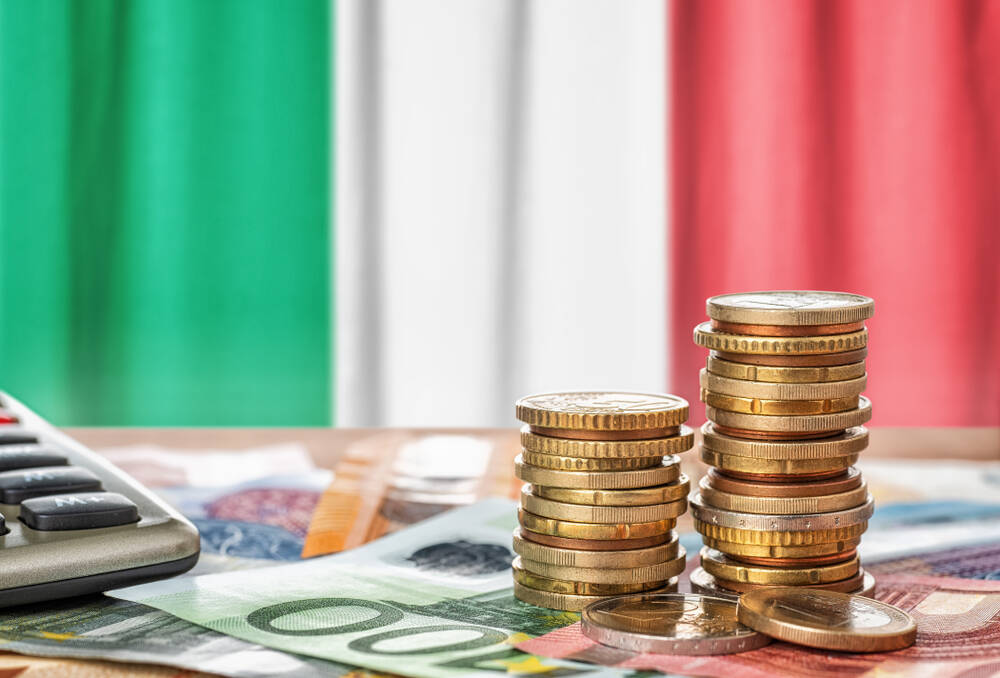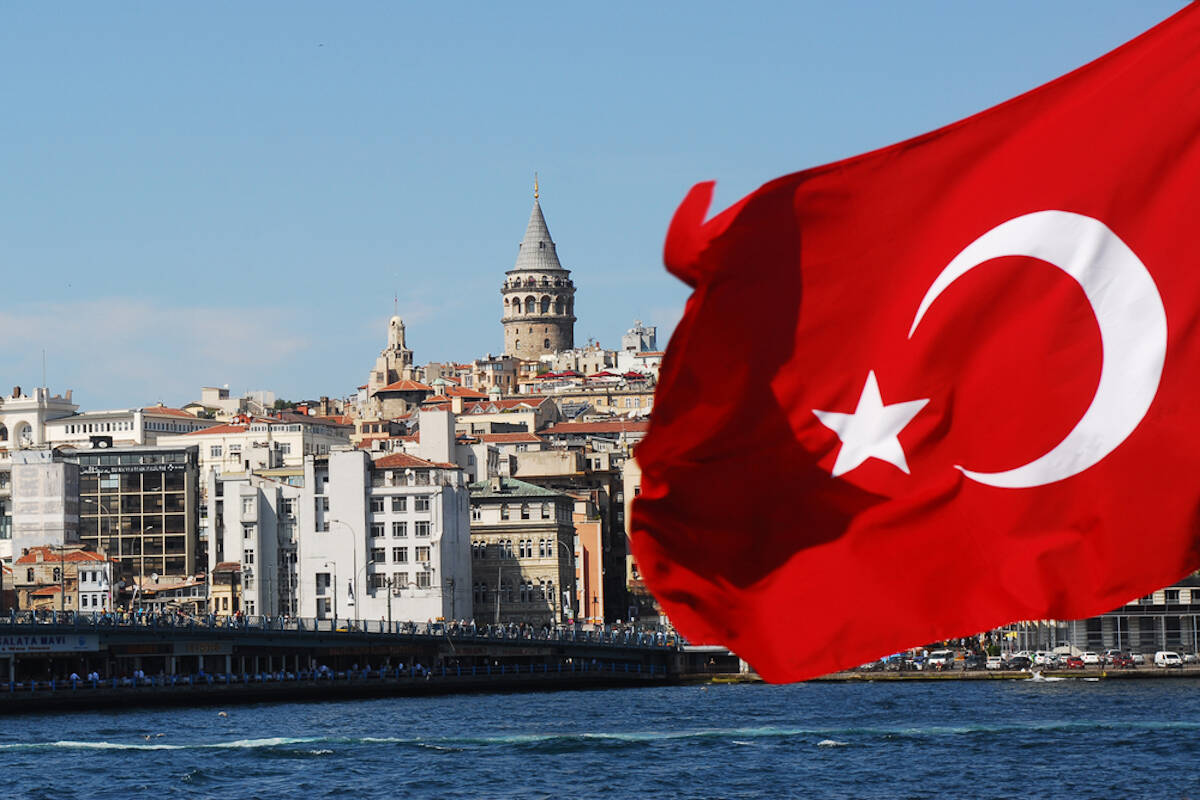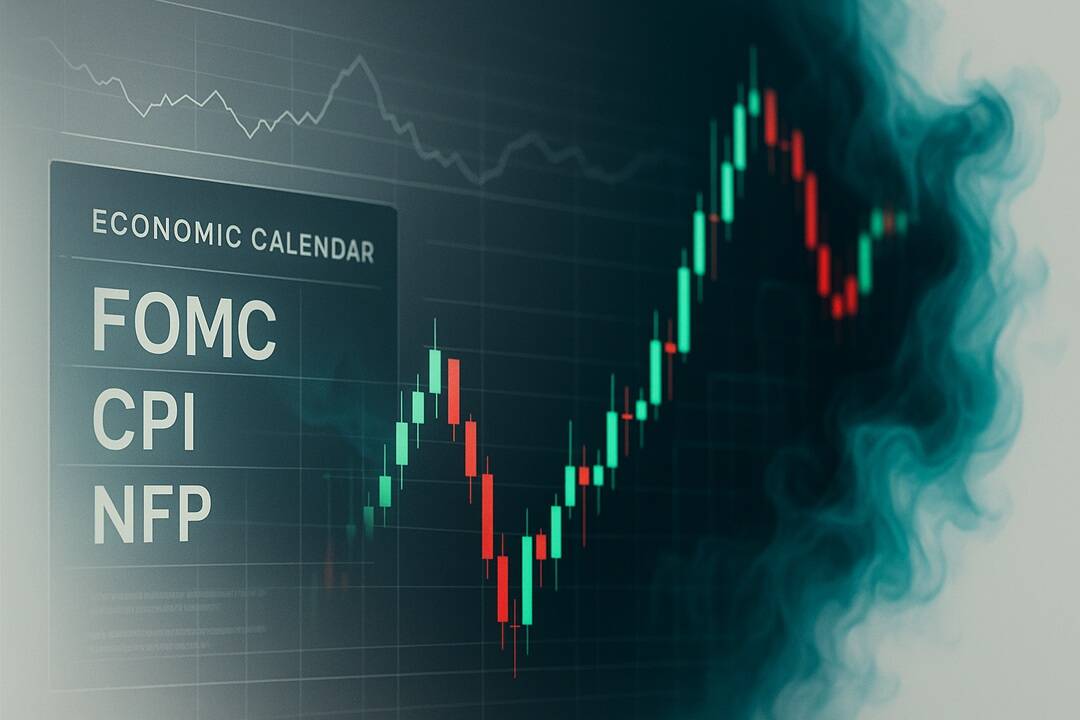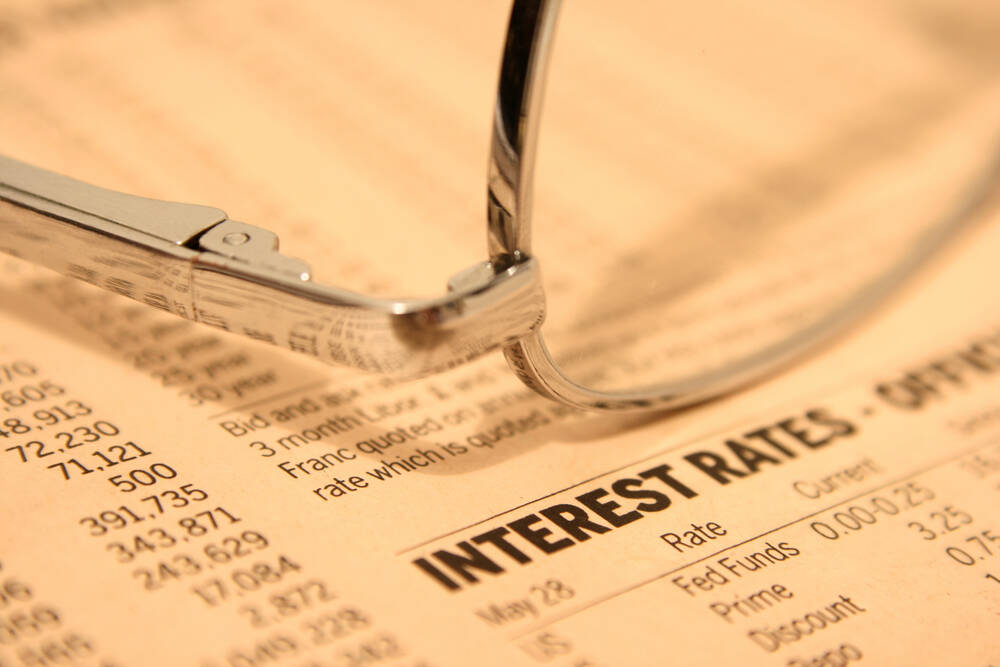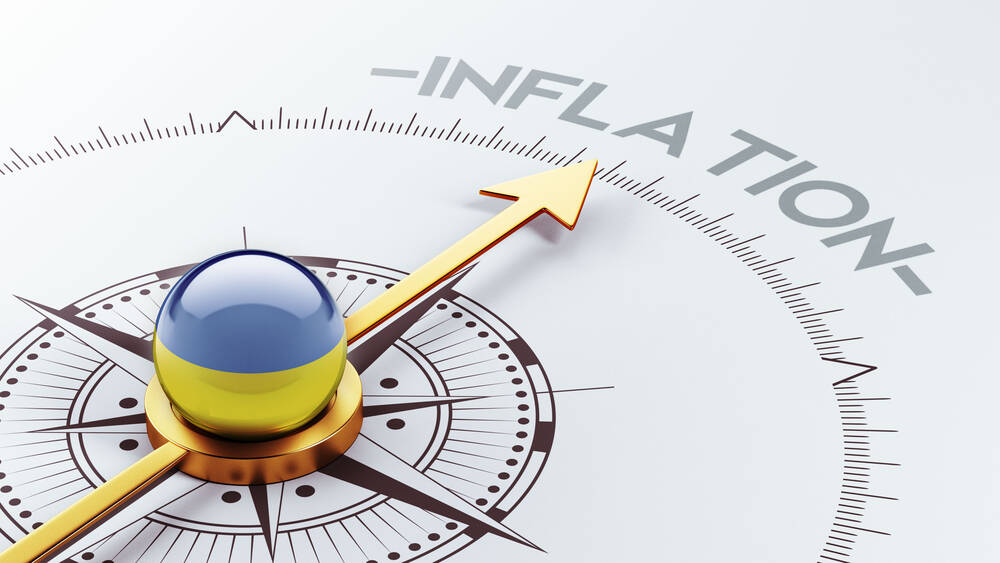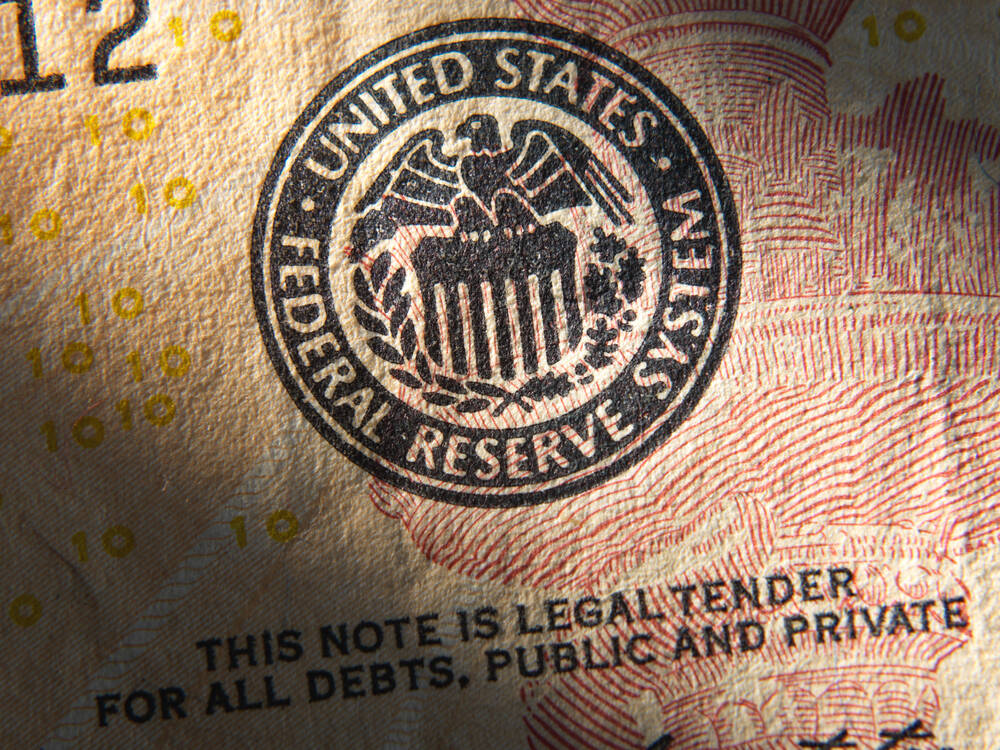Advertisement
Advertisement
Search Indicator:
Choose Country 
Germany Inflation Rate
Last Release
Nov 30, 2025
Actual
2.3
Units In
%
Previous
2.3
Frequency
Monthly
Next Release
N/A
Time to Release
N/A
Highest | Lowest | Average | Date Range | Source |
11.54 Oct 1951 | -7.62 Jun 1950 | 2.47 % | 1950-2025 | Federal Statistical Office |
In Germany, the most important categories in the consumer price index are Housing, water, electricity, gas & other fuels (32 percent of the total weight), Transport (13 percent), Recreation, entertainment & culture (11 percent) and Food & non-alcoholic beverages (10 percent). The index also includes Miscellaneous goods & services (7 percent), Furniture, lighting equipment, appliances & other household equipment (5 percent), Restaurant & accommodation services (5 percent), Health (5 percent) and Clothing & footwear (5 percent). The remaining 7 percent of the index is composed by Alcoholic beverages & tobacco, Communication and Education.
Latest Updates
Germany’s consumer price inflation held steady at 2.3% in November 2025, confirming preliminary estimates and matching October’s rate. Energy costs fell 0.1% year-on-year, with declines in electricity (-1.5%) and district heating (-0.7%) offsetting higher prices for heating oil (+2.4%) and fuel (+1.6%). Food inflation remained subdued at 1.2%, its second-lowest rate of the year, with sharp increases in confectionery (+9.0%) and meat (+4.2%) balanced by steep drops in edible fats and oils (-14.8%) and fresh vegetables (-4.2%). Services inflation remained unchanged at 3.5%. Core inflation, which excludes food and energy, eased slightly to 2.7% from 2.8%. On a monthly basis, CPI fell 0.2%, the first decrease since January, reflecting seasonal declines in airfares (-14.2%) and package holidays (-11.5%). The annual EU-harmonised inflation rate rose to 2.6%, the highest in nine months, while falling 0.5% month-on-month, confirming earlier estimates.
Germany Inflation Rate History
Last 12 readings

